How to Clean a Revolver In 7 Steps.
The Basics of Cleaning Your Revolver.
A revolver is a versatile firearm that is commonly used for personal defense, target shooting, and hunting. However, like any other firearm, it requires regular maintenance and cleaning to ensure optimal performance and longevity.
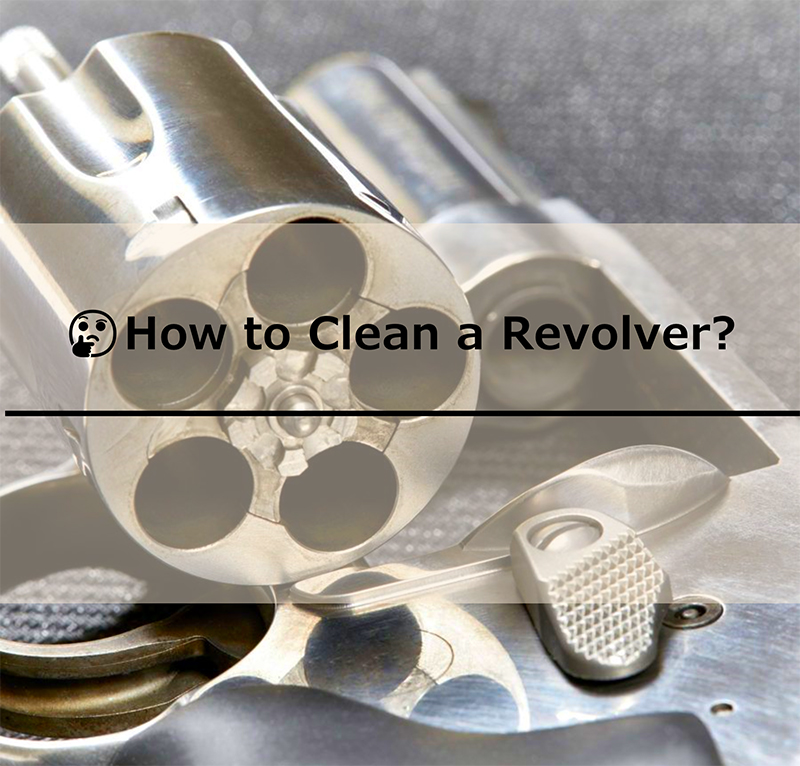
After a day of firing your revolver, you must give it a good clean to extend It's life. Ensure it's always ready for the next time you need it. Here's how to remember that just like shining your shoes, there are many ways to clean a gun, like stars in the sky.
Also, this is a standard cleaning that should be performed after every time at the range or in the field. If your gun is used heavily, you should thoroughly disassemble and clean it. This guide will walk you through the steps to clean a revolver properly.
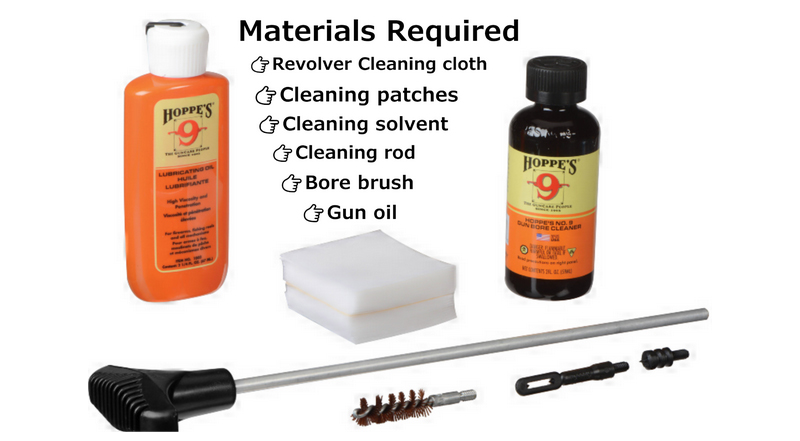
Materials Required:
- Cleaning solvent
- Gun Oil
- Cleaning Rod
- Bore Brush
- Cleaning Patches
- Gun Cleaning Cloth
Unload the Revolver
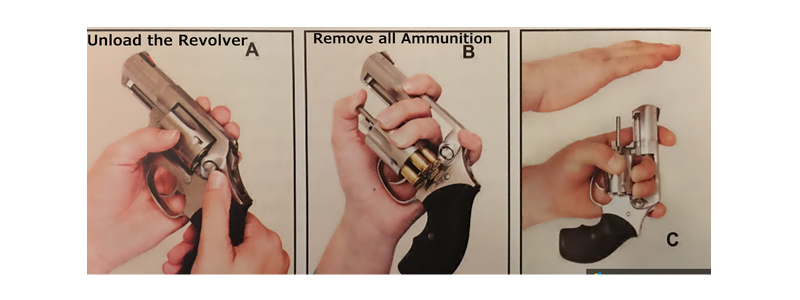
Safety first before cleaning. Ensure it is unloaded. Remove all ammunition from the firearm, including any rounds in the cylinder, and visually inspect the chamber to ensure it is empty.
Disassemble the Revolver
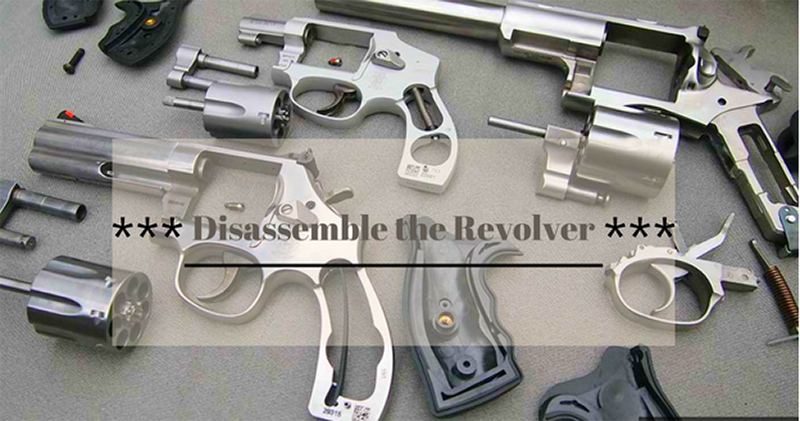
Different revolver models have different disassembly procedures, but you must remove the cylinder, grips, and barrel to access the internal components. Refer to the owner’s manual for specific instructions on disassembling your revolver.
Clean the Barrel
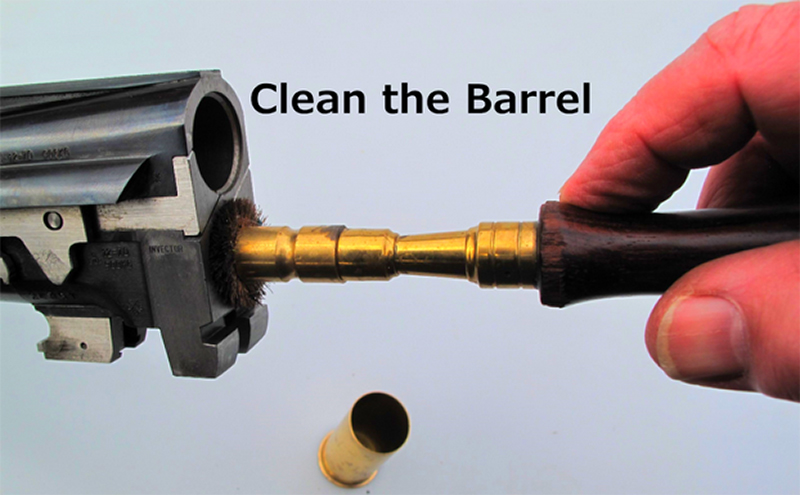
Using a cleaning rod and a bore brush, clean the barrel thoroughly by pushing the brush through the entire length of the barrel several times. Be sure to use a solvent and a clean cloth or patch to remove fouling or debris.
Clean the Cylinder
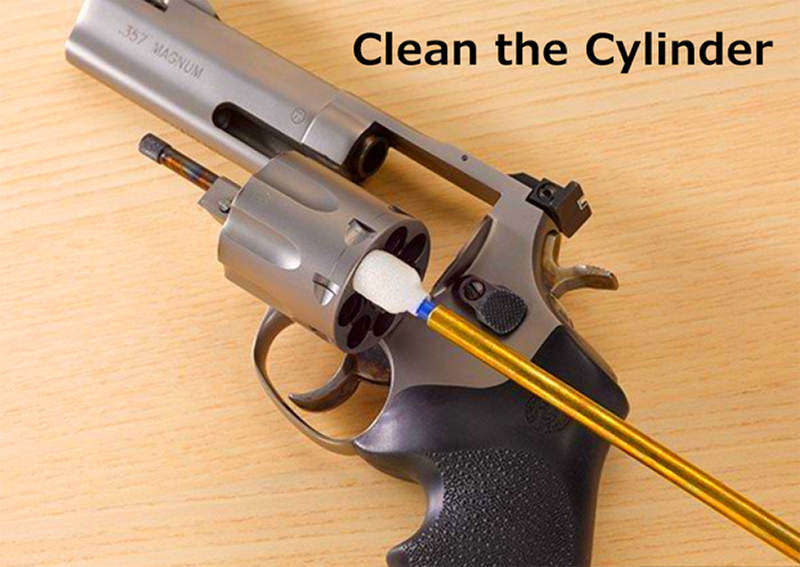
The cylinder is where the rounds are loaded, and it is essential to keep it clean to ensure proper functioning. Use a cleaning rod with a bore brush to clean the chambers in the cylinder. Dip the brush in cleaning solvent and run it through each chamber several times.
Clean the frame: Use a clean cloth or brush to clean the frame and other parts of the revolver. Be sure to use a solvent to remove any residue or debris.
Lubricate the Revolver
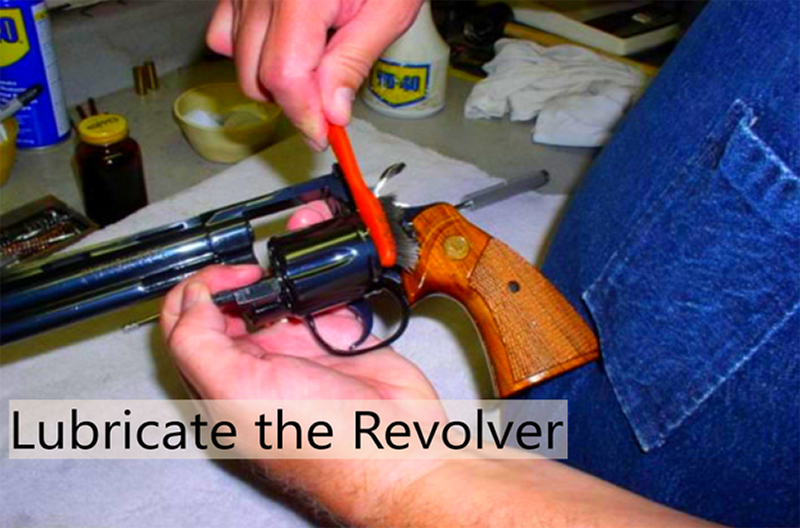
After cleaning the revolver, it is essential to lubricate the moving parts to ensure smooth operation. Apply a small amount of gun oil to the internal components and the cylinder’s chambers. Wipe off any excess oil with a clean cloth.
Reassemble the Revolver
Once you have cleaned and lubricated the revolver, it is time to reassemble it. Follow the owner’s manual instructions carefully to ensure all components are correctly reinstalled.
Store the Revolver: Store the revolver safely and securely away from children and other unauthorized persons.
While Cleaning Revolver, what to do or don't do
When cleaning a revolver, there are several things you should do and avoid doing to ensure safe and effective firearm cleaning. Here are some tips:
Do’s and DON'T
Do’s
- Always make sure the revolver is unloaded before starting to clean it.
- Wear protective gloves and eye protection while cleaning.
- Use a cleaning rod with a patch holder or bore brush to clean the bore of the revolver.
- Use a cleaning solvent specifically designed for firearms to clean the bore, cylinder, and other metal parts.
- Use a soft cloth or brush to clean the exterior of the revolver.
- Apply a light gun oil or lubricant coating to prevent rust and ensure smooth operation.
- If you
DON'T
- Use a wire brush or other abrasive materials that may damage the finish or internal parts of the revolver.
- Use household cleaning products or solvents not specifically designed for firearms.
- Reassemble the revolver without proper alignment and tighten screws, pins, and other parts.
- Store the revolver without proper lubrication and protection from moisture and rust.
Conclusion
Cleaning a revolver is a simple but essential task that should be done regularly to maintain its performance and reliability. Following the steps outlined in this guide, you can clean your revolver quickly and effectively, ensuring it is always ready when needed.
